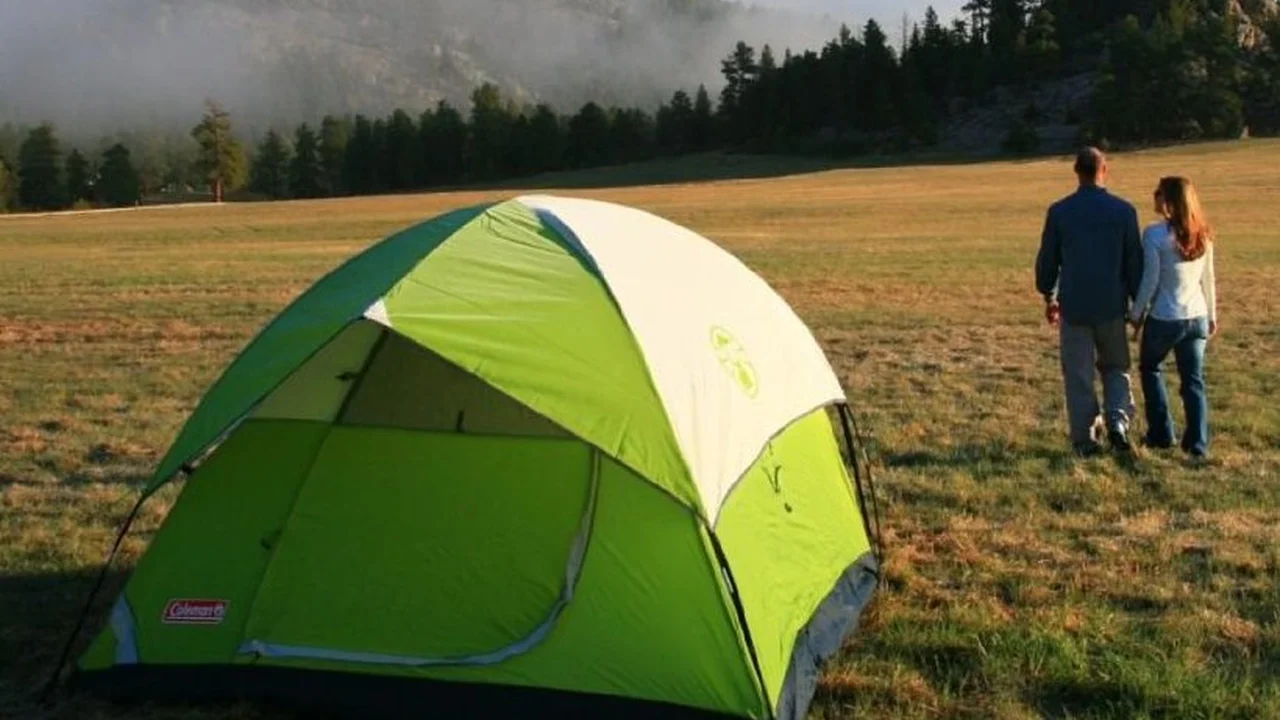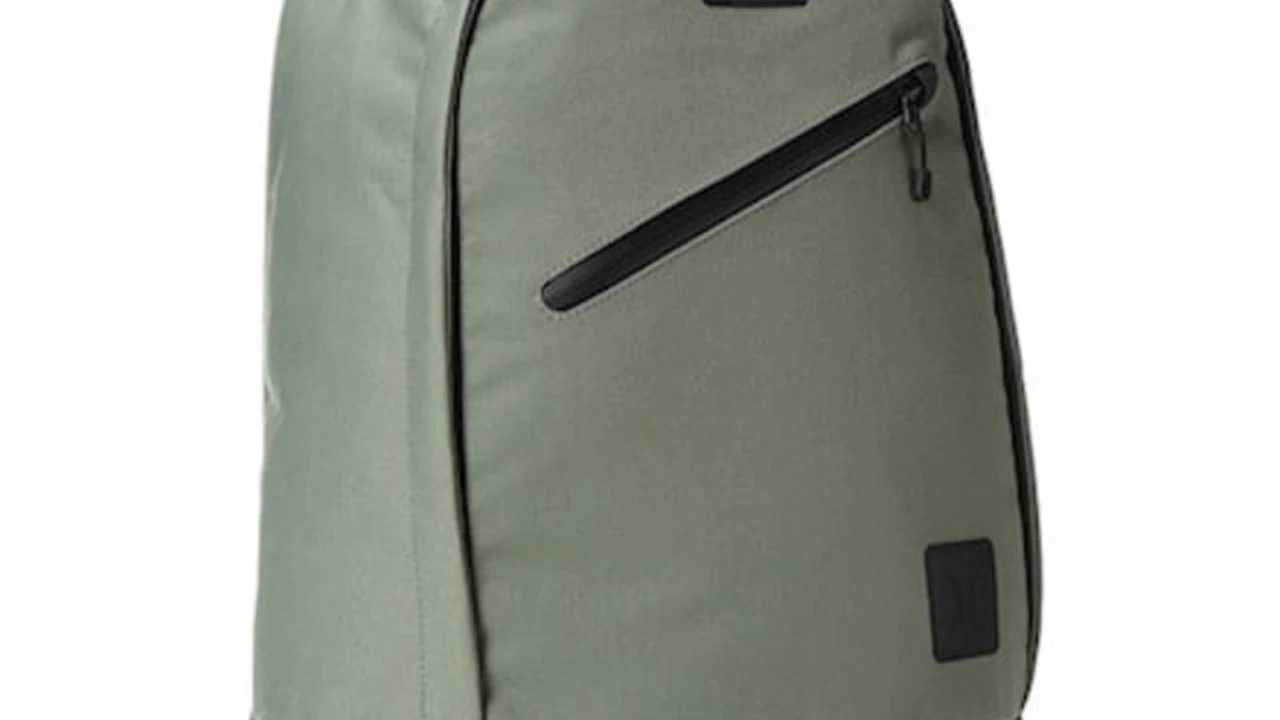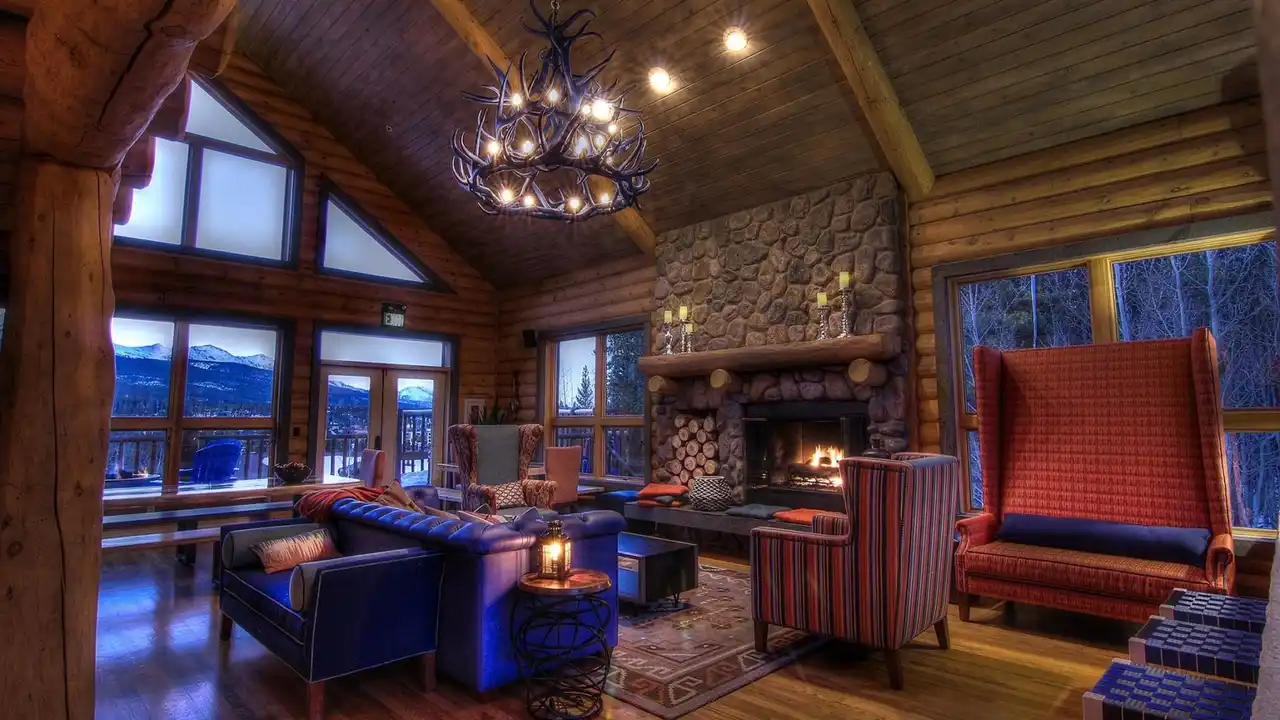Backpacking Boots_ Best Brands Reviewed
Backpacking Boots: Best Brands Reviewed

Choosing the Right Backpacking Boots: A Deep Dive
So, you're planning a backpacking trip? Awesome! But before you hit the trail, you absolutely *need* the right boots. Your feet are your engines out there, and blisters can ruin even the most epic adventure. Choosing the right backpacking boots is crucial for comfort, support, and overall enjoyment. Let's dive into what makes a great backpacking boot and review some of the top brands.
Understanding Your Foot Type for Backpacking Boot Selection
First things first: Know your feet! Are you flat-footed? Do you have high arches? A neutral arch? Understanding your foot type is essential for selecting boots that provide the right support and prevent injuries. Here’s a quick rundown:
- Flat Feet: Require boots with good arch support and stability to prevent overpronation (when your foot rolls inward excessively).
- High Arches: Need boots with plenty of cushioning and flexibility to absorb shock. Look for boots that allow your feet to flex naturally.
- Neutral Arches: Lucky you! You have more flexibility in your boot choices, but still prioritize comfort and support.
Consider visiting a specialty shoe store for a professional fitting. They can analyze your gait and recommend specific boot models that suit your foot type.
Key Features to Look for in Backpacking Boots: Durability, Support, and Comfort
Okay, foot type sorted. Now, what features should you be looking for? Here's a breakdown:
- Durability: Backpacking boots need to withstand rough terrain, water exposure, and heavy use. Look for boots made with high-quality materials like full-grain leather or durable synthetics.
- Support: Ankle support is crucial for preventing sprains and strains, especially when carrying a heavy pack. Look for boots with a high-cut design that wraps around the ankle.
- Comfort: Comfort is king (or queen!) on the trail. Look for boots with ample cushioning, a supportive insole, and a roomy toe box. Make sure there's enough space to wiggle your toes – this helps prevent blisters.
- Water Resistance: Unless you're backpacking in a desert, water resistance is a must. Look for boots with a waterproof membrane (like Gore-Tex) to keep your feet dry in wet conditions.
- Outsole: The outsole provides traction and grip on various surfaces. Look for boots with aggressive lug patterns for superior grip on uneven terrain. Vibram outsoles are a popular and reliable choice.
Top Backpacking Boot Brands: Our Expert Reviews
Alright, let's get to the good stuff: the brands! We've tested and reviewed some of the best backpacking boot brands on the market. Here are our top picks:
Salomon Backpacking Boots: Lightweight and Agile
Salomon is known for its lightweight and agile trail running shoes, and their backpacking boots are no exception. They're a great choice for hikers who prioritize speed and agility. The Salomon Quest 4 GTX is a popular model, offering excellent ankle support and a comfortable fit. Expect to pay around $230.
- Pros: Lightweight, agile, comfortable, good ankle support.
- Cons: May not be as durable as leather boots, can be pricey.
- Best For: Hikers who prioritize speed and agility on moderate terrain.
Example Use Case: A weekend backpacking trip in the Appalachian Mountains. The lightweight design will help you cover more ground, and the waterproof membrane will keep your feet dry in wet conditions.
Merrell Backpacking Boots: Comfort and Value
Merrell offers a range of backpacking boots that are known for their comfort and value. The Merrell Moab 2 Mid Waterproof is a popular choice for beginner backpackers. It's affordable, comfortable, and provides good support. You can usually find these for around $140.
- Pros: Affordable, comfortable, good support, wide fit options.
- Cons: Not as durable as higher-end boots, may require more break-in time.
- Best For: Beginner backpackers on well-maintained trails.
Example Use Case: A day hike in a state park. The comfortable fit and waterproof membrane will keep your feet happy all day long.
Lowa Backpacking Boots: German Engineering and Durability
Lowa is a German brand that's renowned for its high-quality and durable backpacking boots. The Lowa Renegade GTX Mid is a classic model that's been a favorite among backpackers for years. These are a bit of an investment, usually around $250, but they're built to last.
- Pros: Durable, supportive, comfortable, excellent craftsmanship.
- Cons: Can be expensive, may require a longer break-in period.
- Best For: Serious backpackers on challenging terrain.
Example Use Case: A multi-day backpacking trip in the Rocky Mountains. The durable construction and supportive design will help you tackle steep climbs and rocky terrain.
Oboz Backpacking Boots: Fit and Performance
Oboz is a newer brand that's quickly gained popularity for its comfortable fit and high-performance boots. The Oboz Bridger BDry is a great option for backpackers who need a waterproof and supportive boot. Expect to pay around $180.
- Pros: Comfortable fit, supportive, waterproof, durable.
- Cons: Can be a bit heavy, may not be suitable for very wide feet.
- Best For: Backpackers who need a reliable and comfortable boot for a variety of terrain.
Example Use Case: A backpacking trip in the Pacific Northwest. The waterproof membrane will keep your feet dry in wet conditions, and the supportive design will help you navigate uneven terrain.
Keen Backpacking Boots: Wide Fit and Comfort
Keen is known for its wide toe boxes and comfortable fit. The Keen Targhee III Mid Waterproof is a popular choice for backpackers with wider feet. These are typically priced around $150.
- Pros: Wide toe box, comfortable, waterproof, durable.
- Cons: May not be as supportive as other boots, can be bulky.
- Best For: Backpackers with wide feet who prioritize comfort.
Example Use Case: A casual backpacking trip in the Smoky Mountains. The wide toe box will prevent blisters, and the waterproof membrane will keep your feet dry in damp conditions.
Backpacking Boot Comparison: Which Brand is Right for You?
Still not sure which brand to choose? Here's a quick comparison chart to help you decide:
| Brand | Key Features | Price Range | Best For |
|---|---|---|---|
| Salomon | Lightweight, agile, comfortable | $200 - $250 | Speed hikers on moderate terrain |
| Merrell | Affordable, comfortable, good support | $100 - $150 | Beginner backpackers on well-maintained trails |
| Lowa | Durable, supportive, excellent craftsmanship | $200 - $300 | Serious backpackers on challenging terrain |
| Oboz | Comfortable fit, supportive, waterproof | $150 - $200 | Backpackers who need a reliable boot for various terrain |
| Keen | Wide toe box, comfortable, waterproof | $120 - $180 | Backpackers with wide feet who prioritize comfort |
Breaking In Your Backpacking Boots: Essential Tips
Once you've chosen your boots, it's crucial to break them in before hitting the trail. Here are a few tips:
- Wear them around the house: Start by wearing your boots around the house for a few hours each day. This will help them mold to your feet.
- Go for short hikes: Gradually increase the length of your hikes to allow your feet to adjust to the boots.
- Use thick socks: Wear the same socks you'll be wearing on your backpacking trip to ensure a proper fit.
- Address hot spots: If you feel any hot spots developing, stop and address them immediately. Use moleskin or blister bandages to prevent blisters.
Backpacking Boot Maintenance: Keeping Them in Top Shape
Proper maintenance will extend the life of your backpacking boots. Here are a few tips:
- Clean them regularly: After each hike, clean your boots with a brush and water to remove dirt and debris.
- Condition the leather: If your boots are made of leather, condition them regularly to keep the leather supple and prevent cracking.
- Store them properly: Store your boots in a cool, dry place away from direct sunlight.
Investing in Quality Backpacking Socks: A Must-Do
Don't underestimate the importance of good backpacking socks! They can make a huge difference in comfort and blister prevention. Look for socks made with merino wool or synthetic materials that wick away moisture. Avoid cotton socks, as they tend to trap moisture and cause blisters.
Final Thoughts on Choosing Backpacking Boots
Choosing the right backpacking boots can seem daunting, but it's worth the effort. By understanding your foot type, considering key features, and researching different brands, you can find the perfect boots for your next adventure. Remember to break them in properly and maintain them regularly to ensure they last for years to come. Happy trails!
:max_bytes(150000):strip_icc()/277019-baked-pork-chops-with-cream-of-mushroom-soup-DDMFS-beauty-4x3-BG-7505-5762b731cf30447d9cbbbbbf387beafa.jpg)






